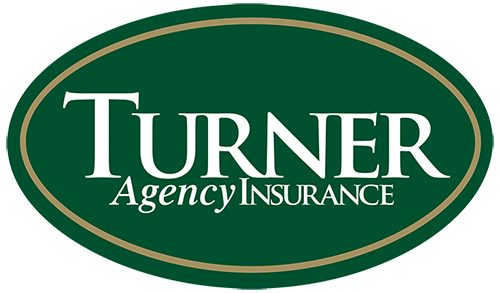Every year, unintentional carbon monoxide poisoning (not linked to fires) sends 20,000 people to the emergency room and causes more than 4,000 hospitalizations. Carbon monoxide poisoning is also responsible for more than 400 deaths in America each year, according to the U.S. Centers for Disease Control and Prevention.
The truly frightening thing? Most of those victims probably had no idea they were in danger.
Carbon monoxide is called “the invisible killer” because it’s odorless and colorless. When it builds up in an enclosed space, it’s deadly. Everyone is at risk, too, because carbon monoxide is produced by a number of things we use every day, such as cars and trucks, stoves, grills, gas ranges, furnaces and more.
So, how do you protect yourself? Especially in winter, when it’s cold outside and you’re using heat sources inside your home? Here are some basic actions you can take to limit your exposure:
Install — and test — carbon monoxide detectors
Most states (37 in all) now have some sort of requirement regarding installation of carbon monoxide detectors in private homes. These should be placed outside of each sleeping area and on every level of the home. Because you won’t smell or otherwise notice carbon monoxide building up, having detectors that will sound an alarm is crucial. Don’t forget to test them once a month.
Don’t create additional risk in your home
You should never use devices that generate large amounts of carbon monoxide inside your home. Never operate a gas or charcoal grill inside (even in a garage), and make sure generators are used in a well-ventilated outside location away from windows, doors and vents. Make sure to have your furnace and chimney checked annually, too.
Be careful in your car
Carbon monoxide can build up quickly when a vehicle is running, so, if you need to warm up your car, move it out of the garage after you start it.
Watch out for snow — at home and on your vehicle
Snow and ice can block vents for your dryer, furnace, stove and fireplace. They also can obstruct the exhaust of your car. Either can be very dangerous.
Know the symptoms of carbon monoxide poisoning
People can be harmed by a small amount of carbon monoxide over a long period, or a large amount over a short period. Because you might not be able to identify when you’re in a dangerous situation, it pays to know what symptoms to look for:
- Low to moderate carbon monoxide poisoning: headache, fatigue, shortness of breath, nausea, dizziness.
- High-level carbon monoxide poisoning: mental confusion, vomiting, loss of coordination, loss of consciousness.
If you suspect carbon monoxide poisoning, move the person (and yourself) outside immediately and call 911. Last year, my mother was a victim of carbon monoxide poisoning, which resulted in two trips to the emergency room before we realized the cause. It was scary, so please take a moment to be sure your family is protected.
Remember, the important thing to know about carbon monoxide is this: without carbon monoxide detectors (and other common-sense measures), you won’t know when you’re at risk. So, take steps to protect yourself and your family today.
The information in this article was obtained from various sources, including Safeco insurance, and is not all-inclusive regarding the subject matter. This content is offered for educational purposes only.
The Turner Agency, Inc. is a local Trusted Choice® independent insurance agency based in Greenville, South Carolina. Serving the Upstate of South Carolina and beyond since 1962, we offer a variety of personal and business coverage choices and can customize an insurance plan to meet your specialized needs for homes, automobiles, recreational vehicles, secondary homes, and your business. Contact The Turner Agency today.

